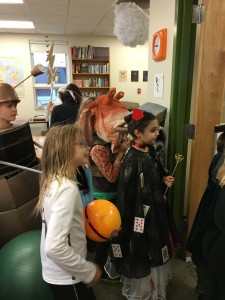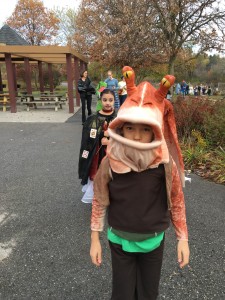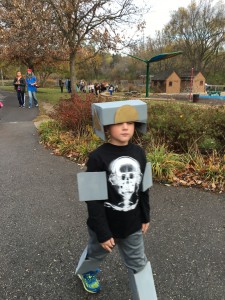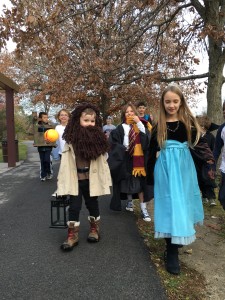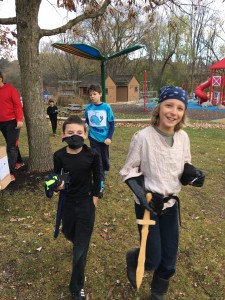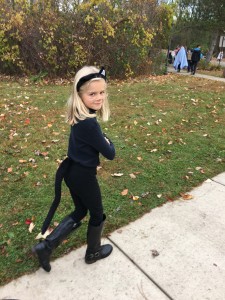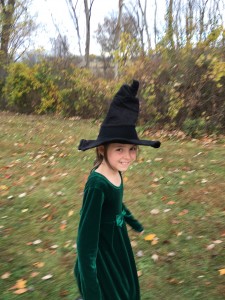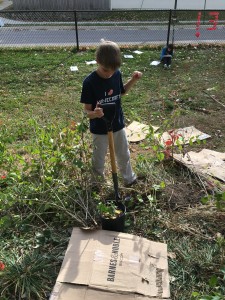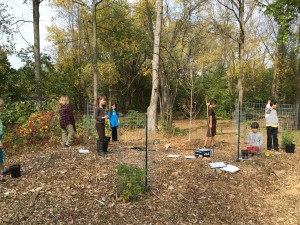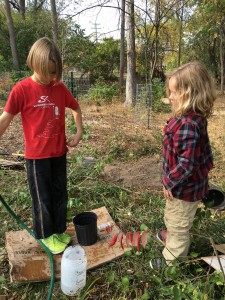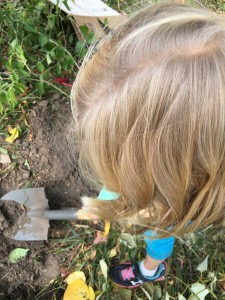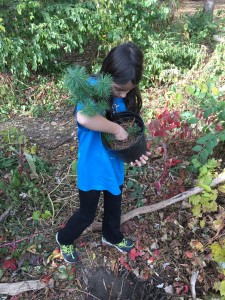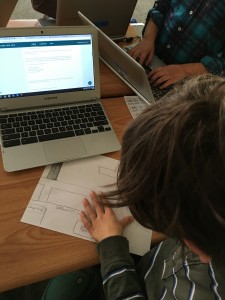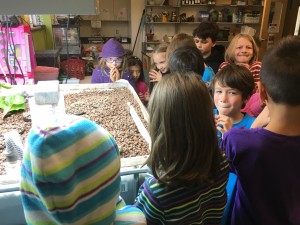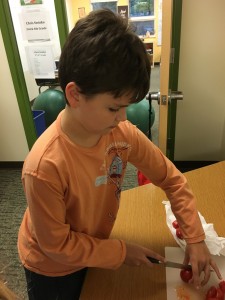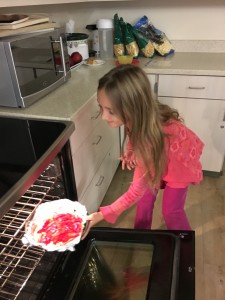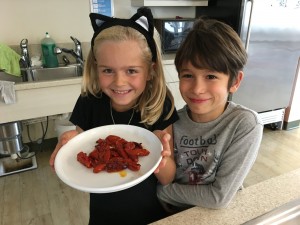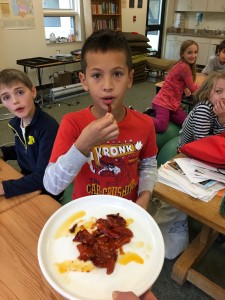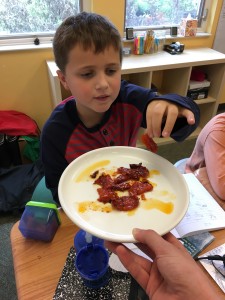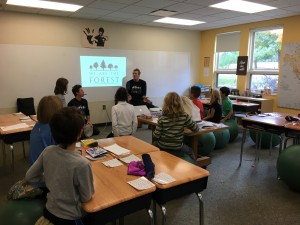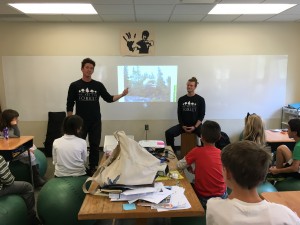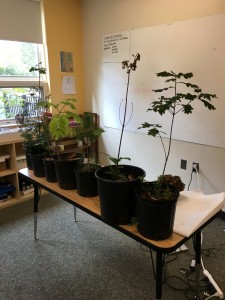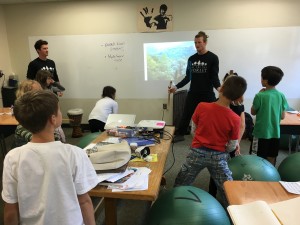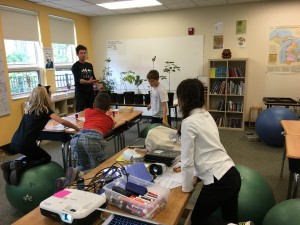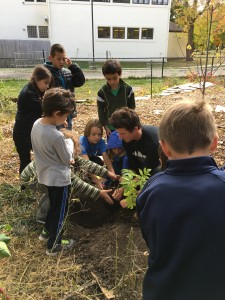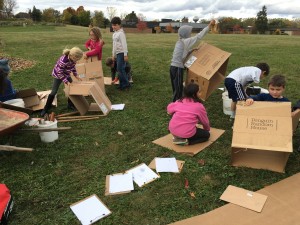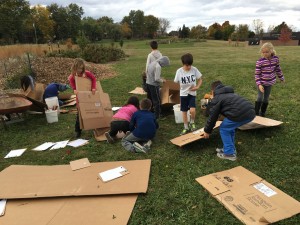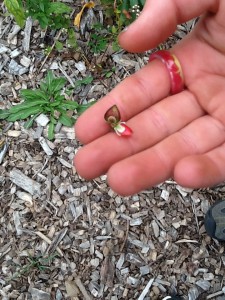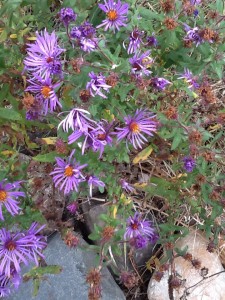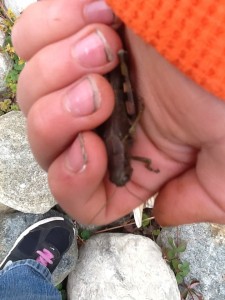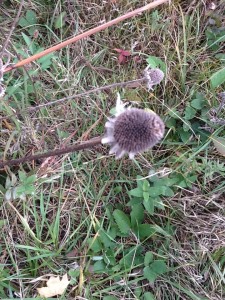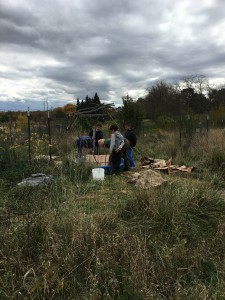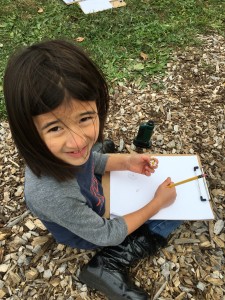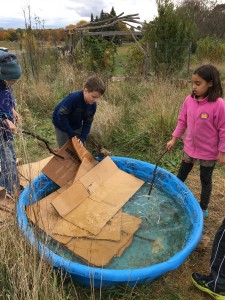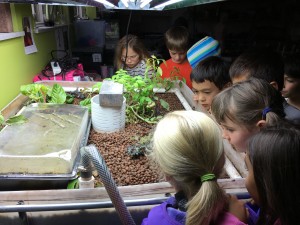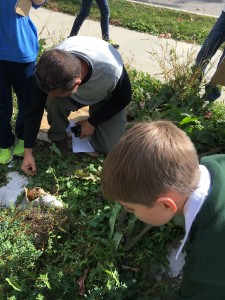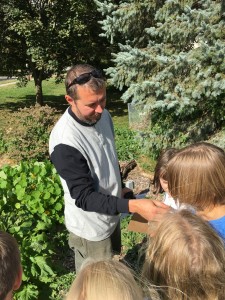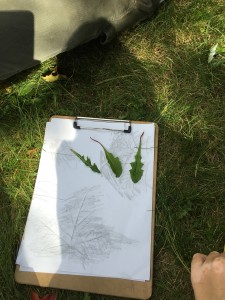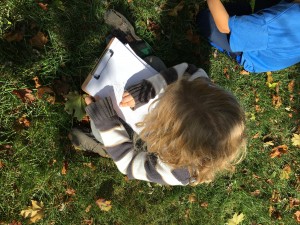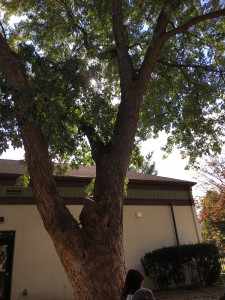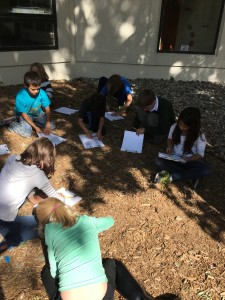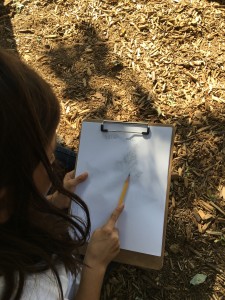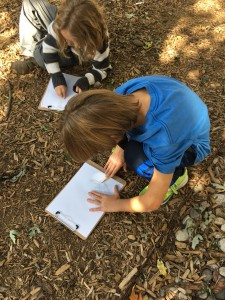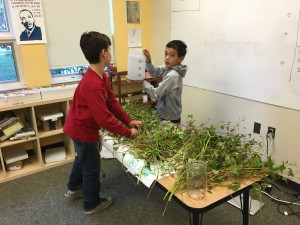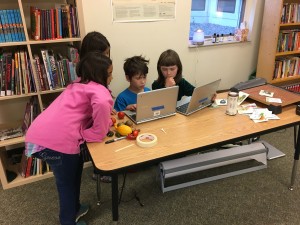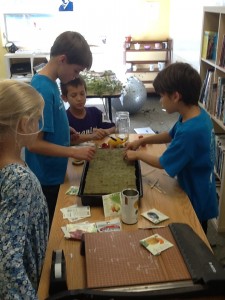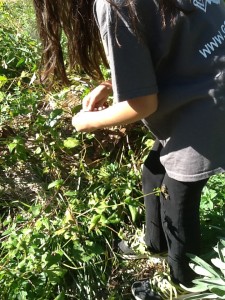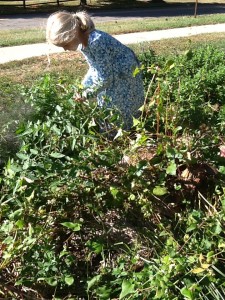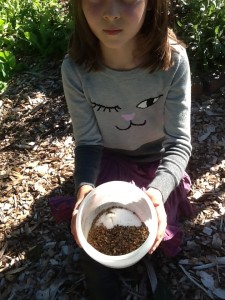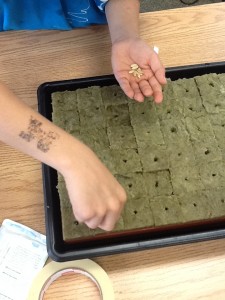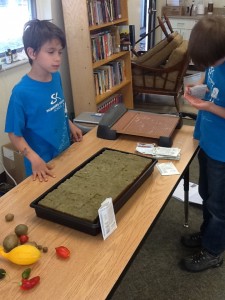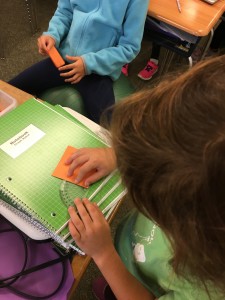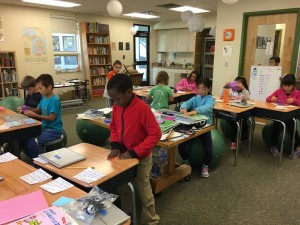This week, we began to explore the relationship between the brain and our identity, through the work of neuroscientist, David Eagleman and his PBS special on the brain. We noticed distinctions between the brains of humans and other animals. As a species, we are born helpless and remain so for a significant amount of time compared to other animals which are far more capable of thriving in their environment at an early age. Despite what seems like a disadvantage, the fact that our brains are “wired up” through our experience enables us to be far more adaptable to a variety of environments.
The idea that experience physically alters the brain is also important as it relates to learning. Really grasping the concept that learning involves a physical change in the brain helps foster a growth mindset in learners as difficulties become easier to view as part of the learning process instead of proof of an inability.
We also began work on our Identity Box stories. The students have a shared premise that they are working off of. They wake up in a room with no memory of whom they are or how they got there. They notice a box under the bed and examine it. The box contains a letter from a mysterious stranger and a small number of items. (The students had previously brought in and shared boxes with these identity-related items.) They are now using these items as jumping off points for a story that will blend elements of fact and fiction. Per one of the student’s request, they are also allowed (and encouraged) to bring in additional items to incorporate into their stories with the idea being that these artifacts help shape our identity and reveal aspects of ourselves that we may not have considered.
Homemade Halloween
Our school celebrates Halloween by dressing up in homemade or recycled costumes and then, with musical instruments and parents in tow, and parading nearby. The venue for today’s celebration was County Farm Park. The costumes were creative and the kids reveled in the experience of seeing their friends and marching about.
